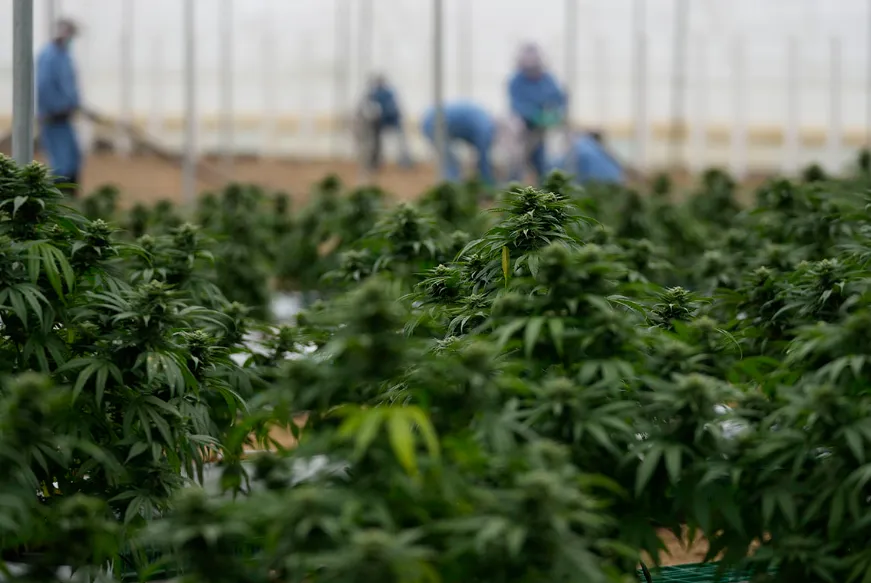In today’s digital world, where speed and convenience matter, acronyms and abbreviations are the go-to for texting, social media, and even some professional communications. One abbreviation that often pops up is “WTW.” But what exactly does WTW mean?
If you’ve ever received a message saying, “Hey, wtw?” and found yourself puzzled, don’t worry—you’re not alone.
The abbreviation WTW is commonly used in texting, messaging apps, and platforms like Snapchat, Instagram, or even Twitter (now X). Understanding the meaning behind this slang and knowing how to respond can help you better navigate both casual and professional conversations.
This article will cover the full WTW meaning, explain its usage in various contexts, provide alternatives depending on the tone, and give you 11 well-crafted examples of how to use or respond to WTW naturally.
What Does WTW Mean in Texting?
WTW stands for “What’s the word?”
In more practical terms, it’s a casual way of saying:
- What’s up?
- What’s going on?
- What are you doing?
- Any plans?
- What’s happening?
It’s a greeting, a conversation starter, or sometimes an invitation to hang out. Much like “wyd” (what are you doing), WTW is often used between friends, acquaintances, or someone interested in making plans.
For example:
“Hey, wtw? Haven’t seen you around lately.”
Here, the sender is checking in, showing interest, or trying to start a conversation.
The Evolution and Popularity of “WTW”
Abbreviations like WTW stem from a desire to keep conversations fast and easy—especially in mobile communication. Its roots trace back to urban slang, and it gained popularity through:
- Hip-hop and rap culture
- Youth texting habits
- Short-form content platforms like TikTok and Instagram Stories
Even though it’s informal, it’s widely understood by anyone who texts frequently, particularly among younger audiences. You won’t find it in formal writing, but you’ll definitely see it in chats, comments, and memes.
When to Use WTW and When to Avoid It
Knowing when to use WTW is crucial for clear and effective communication.
✅ Use WTW when:
- Chatting with friends or close acquaintances
- Starting a casual conversation
- Wanting to make plans in an informal way
- Texting or messaging on platforms like Snapchat, iMessage, Instagram, etc.
❌ Avoid WTW when:
- Writing emails to coworkers, clients, or superiors
- Communicating in professional or academic settings
- Sending formal invitations or announcements
Understanding the tone of your conversation is key. WTW is chill, casual, and slightly playful, so it doesn’t belong in professional messages.
Alternatives to “WTW” Based on Tone and Context
Sometimes you want to ask “What’s going on?” but without sounding too casual or slangy. Depending on who you’re talking to and the platform you’re using, here are some solid alternatives to WTW:
1. What’s going on?
✅ Tone: Neutral
✅ Use with: Friends, coworkers (casually), acquaintances
This is a versatile option you can use in both personal and mildly professional settings.
Example:
“Hey, what’s going on? You free to talk later?”
2. How’s everything?
✅ Tone: Warm, polite
✅ Use with: Family, professional contacts, friendly conversations
A more polished way to check in on someone without diving into slang.
Example:
“Hi Sam, just wanted to see how everything’s going on your end.”
3. What’s up?
✅ Tone: Very casual
✅ Use with: Close friends, partners
This is a sibling to WTW and works almost interchangeably.
Example:
“Yo, what’s up? WTW this weekend?”
4. What are you up to?
✅ Tone: Curious, relaxed
✅ Use with: Friends, casual colleagues, social acquaintances
Great for finding out someone’s plans or if they’re available to hang out.
Example:
“Hey! What are you up to tonight? Wanna catch a movie?”
5. Anything going on?
✅ Tone: Laid-back
✅ Use with: Friends, someone you haven’t spoken to in a while
Perfect for striking up a conversation when you’re not sure what they’re doing.
Example:
“Long time, no chat. Anything going on your side?”
6. You busy?
✅ Tone: Friendly, direct
✅ Use with: Friends, co-workers (light context)
Use this when you want to get straight to the point—ideal for quick check-ins.
Example:
“Hey, you busy right now? Wanted to ask something.”
7. Got any plans?
✅ Tone: Social, open-ended
✅ Use with: Friends, romantic interests
This phrase not only starts a conversation but can also hint at wanting to make plans.
Example:
“Hey, got any plans this Friday? Let’s grab dinner.”
8. Just checking in.
✅ Tone: Professional, polite
✅ Use with: Co-workers, family, or old friends
This feels respectful and non-intrusive—great for long-distance connections.
Example:
“Hey Mike, just checking in. Hope everything’s going well!”
9. What’s the vibe?
✅ Tone: Trendy, upbeat
✅ Use with: Younger crowd, social settings
This is a newer phrase that’s often used for checking out how a situation feels.
Example:
“Heading downtown tonight—what’s the vibe over there?”
10. What’s shaking?
✅ Tone: Old-school, playful
✅ Use with: Friends, casual chats
This retro phrase can add a bit of humor or style to your greeting.
Example:
“Yo, what’s shaking? Haven’t heard from you in a bit.”
11. What’s the move?
✅ Tone: Youthful, social
✅ Use with: Friends, social hangouts
Often used when planning something fun or trying to see what people are doing.
Example:
“It’s Friday night! What’s the move?”
How to Respond to “WTW?”
So someone texted you “wtw?” What should you say?
Your reply depends on how well you know the person and what your current mood or plans are. Here are some natural replies:
- “Not much, just chilling. You?” – A laid-back response
- “Was about to go out. What’s up?” – Keeps the convo going
- “Thinking of grabbing food, wanna join?” – Opens up plans
- “All good here, just working. You good?” – Neutral, friendly
- “Hey! Long time. WTW with you?” – Reflects their message playfully
Your tone should match theirs—if they’re casual, stay casual. If it feels more thoughtful, reciprocate with something a bit warmer.
Polite and Professional Alternatives to Avoid Slang Like WTW
If you’re looking for something professional, here are better options:
- “How are things on your end?”
- “Hope you’re doing well. Any updates?”
- “Is now a good time to talk?”
- “I’d love to catch up—when are you free?”
- “Do you have a moment?”
These preserve clarity and professionalism without sounding robotic or cold.
Why You Should Know the Meaning of WTW and Its Alternatives
Being fluent in casual language like WTW lets you:
- Connect better with younger audiences or peers
- Avoid miscommunication in digital conversations
- Switch tones easily, from friendly to professional
- Use context-appropriate language across different platforms
Remember, digital communication isn’t just about what you say—it’s how you say it. Slang shows tone, and tone builds relationships.
Final Thoughts:
WTW may be short for “What’s the word?” but its purpose stretches beyond the literal. It’s a signal for connection—whether you’re looking to talk, hang out, or just show someone you’re thinking of them.
By understanding how to use it properly and what alternatives suit various tones, you make your communication sharper, warmer, and more intentional.
And hey—next time someone texts “WTW?”, you won’t be scratching your head. You’ll know exactly what’s going on.




